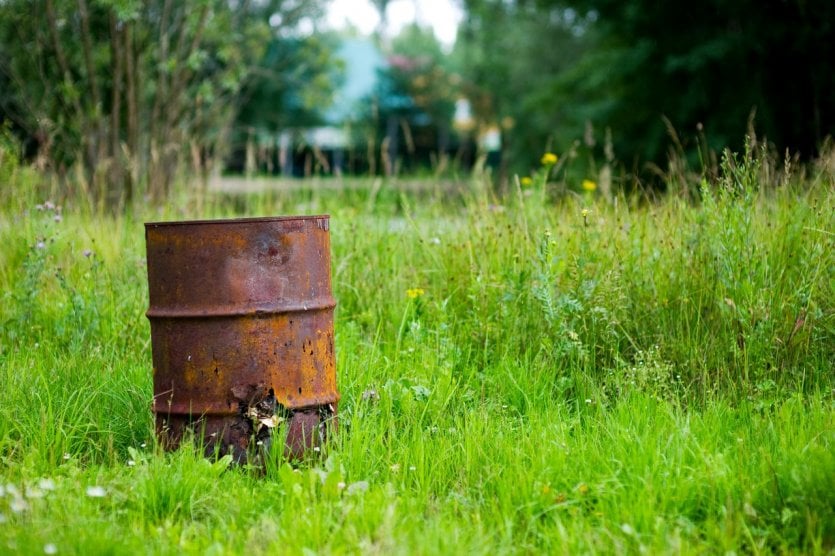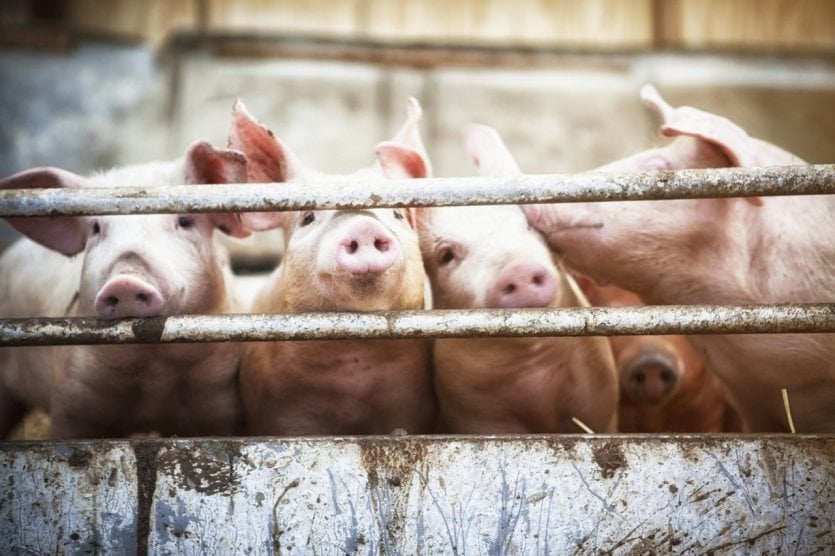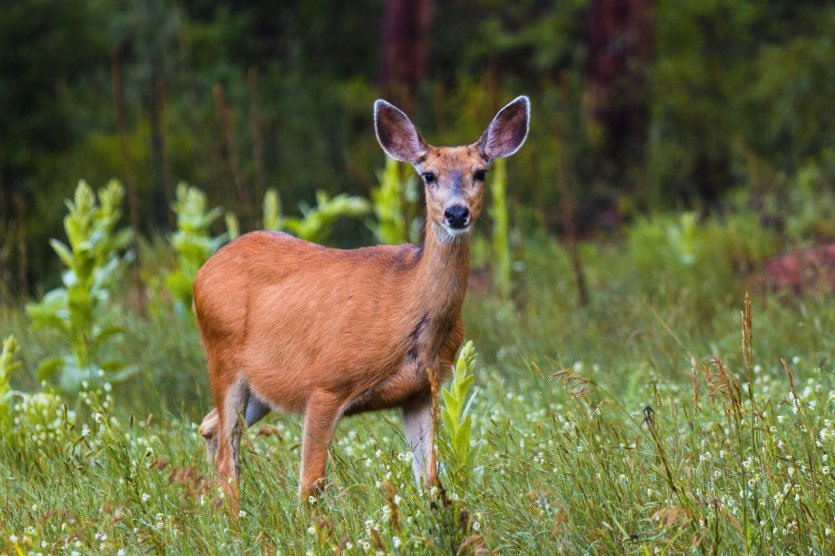
There are some villages where you would go just to photograph the sign... We're sure that, along the French roads, you've already met more than one! Here we have collected 15 names of unusual towns and villages that can be a source of endless puns. Funny, strange or disturbing (Angoisse, in the Dordogne, you know?), they deserve the detour and are the pride of their inhabitants. Since 2003, some towns with original names have been members of the Association of French towns with burlesque and singing names! So let's go on a tour of France of these towns with unusual names.
Canteen in Ardèche

In the south of the Ardèche, on the borders of Provence, Bidon is also located a few kilometres from the... Fat! We go to the plateau des Gras in summer, when lavender grows and cicadas sing. Situated on a limestone plateau, Bidon enjoys a privileged natural environment where olive, almond and mulberry trees grow. On the heights of the village, the dolmens of the plain of Aurèle testify to its long history, especially that of the place called Champvermeille, the largest in Ardèche.
Anxiety in Dordogne

It is true that some people might have some reluctance to go on holiday in Anguish... Yet, in the middle of the green Périgord, the village is the most soothing! Its name would come from the Occitan angoissa which means "throat" (most probably that of the Loue, which marks the borders of the village). On its square, its majestic Sully linden tree is unmistakable. Angoisse deserves a stopover in fine weather, especially to take advantage of its leisure base at Rouffiac, on the edge of one of the largest bodies of water in the Périgord
Bizou in the Orne

We can already imagine the postcard signed: "Bizou de Normandie" (even if in the region, it is more the boujou that is more important)! To the east of Alençon, in the Perche, Bizou is a charming little town of 130 inhabitants. Among its monuments of interest are its small church of Saint-Germain de Paris and its 18th century presbytery. There are several possibilities for hiking in the Perche Regional Nature Park passing through Bizou
La Baffe in the Vosges

11 km from Epinal, in the Vosges, the main monument of interest is the church of the Assumption of Our Lady of La Baffe. Beware, its inhabitants are the Argentois. For a trip in the Vosges, we will continue on to Mirecourt, about thirty kilometres away, known for its arts and crafts, and Luxeuil-les-Bains for its architectural heritage. One thing is sure, the Great East slaps us in the face every time we stay!
Mouais in Loire-Atlantique

Undecided, unsatisfied: this is your village! "P'têt ben qu'oui, p'têt ben qu'non", Mouais is however not in Normandy, but in Loire-Atlantique, about fifty kilometres north of Nantes. His name could come from Moë, a Breton saint. Among the monuments of interest, the 9th century Saint-Marcellin chapel which houses a miraculous fountain and the 11th century church of Notre-Dame de l'Assomption . Yeah.
Plurian in the Côtes-d'Armor

A visit from Plurian, that's not nothing! This Breton village, between Cap d'Erquy and Cap Fréhel, owes its name to Ploe which means parish and "Urien" from Saint Thurien, a 7th century Breton hermit. And there are indeed some monuments of interest in Plurien, notably the Montangué manor house where the Tourist Office is nowadays and the Saint-Pierre church built in the 11th century but rebuilt until the 19th century.
Arnac la Poste in Haute-Vienne

We will not comment on the efficiency of the Arnac-la-Poste post office! In fact, the village owes its name to the Gallic Arnos and the post house that was located there. So no scam! Halfway along the road that links Paris to Toulouse, Arnac-la-Poste counts, among its monuments of interest, a fortified church and the remains of a former feudal castle. Arnac-la-Poste is part of the association of the communes of France with burlesque and singing names
Villeperdue in Indre-et-Loire

Welcome to Villeperdue, get out your GPS! Less than 30 km from Tours, Villeperdue is not so difficult to reach! This village could take its name from an event that took place in 732: taken by the Arabs, the town no longer belonged to its inhabitants, so it was... lost! Its very romantic name has notably inspired Pierre Benoît for his novel Villeperdue and many curious people who photograph his panel!
The Piggery in Haute-Vienne

This village of Haute-Vienne is well maintained, we assure you! In fact, it owes its rather peculiar name to the seigniorial family that occupied it: La Porcharia. Today, La Porcherie is known for its Arsène Arsonval Museum, a local child who was a professor at the Collège de France and a member of the Académie des Sciences and the Académie de Médecine. His native house, La Borie, still houses some of his inventions to be discovered
Bibiche in Moselle

In the Far East, some villages have almost unpronounceable names such as Schwindratzheim or Pfulgriesheim. Others, on the other hand, make you smile, such as Bibiche in Moselle! The name of this village sounds like a nickname (kitsch or cute, it's up to you!) This village of 452 inhabitants (the Bibichois), not far from the German border, has many hiking trails in its surroundings
The Force in the Dordogne

May the force be with them! It is not to Darth Vader that we owe the name of this charming village of the Dordogne, its etymology is more likely Latin and would come from fortia, either fortress or castle. Situated in the purple Périgord, the village has the remains of a castle classified as a historical monument as well as a Protestant temple bearing witness to its history. You should also know that another commune is called La Force, in the Aude
Crying in the Marne

"Pleurs dans la Marne" sounds almost like a dramatic news headline! Still, Crying is not a dull town. About fifty kilometres south-west of Châlons-en-Champagne, you may want to stop there to see its 12th century church of Saint-Martin, with its nave and aisles listed as a Historic Monument
The Tronche in Isère

At La Tronche, a few kilometers from Grenoble, we don't shoot it... the face! Moreover, this unusual name comes from truncata, meaning "cut forest", as the commune was home to the wood deposits. La Tronche is home to the Museum of Medical Sciences, located in the CHU, which is open during temporary exhibitions dedicated to health. Second renowned museum: the Ernest Hébert Museum, painter and cousin of Stendhal, where you can visit his studio
Moisy in Loir-et-Cher

In the Loir-et-Cher, on the road to the Château de Chambord or Blois, you might not really want to stop at Moisy as its name doesn't inspire anything very convincing... It's a pity, because you might miss the church of the Madeleine de Moisy and its beautiful altarpiece, both listed as Historic Monuments
Crotenay in the Jura

Children (and adults) will smile at the sight of the sign of this village... But, more than its name, what we must remember about Crotenay is its history: archaeologists have excavated a Merovingian cemetery there. Their findings are now on display in the Champagnole Archaeological Museum


